Vibrations in machinery can lead to a premature wear of components, poor quality machine output (parts out of spec, unacceptable finishes), and even damage to the product or failure of the machine. This is why most industrial equipment employs some method of vibration mitigation to reduce or prevent vibrations that could be detrimental to the equipment, product, or process.
Although preventing vibration energy from entering the machine (vibration isolation) would seem to be the best scenario, in many cases, vibration damping — reducing the amount or type of vibration energy transmitted to the machine — is a sufficient and easier-to-achieve solution. Of the types of vibration damping systems available, one of the most common is the tuned mass damper.
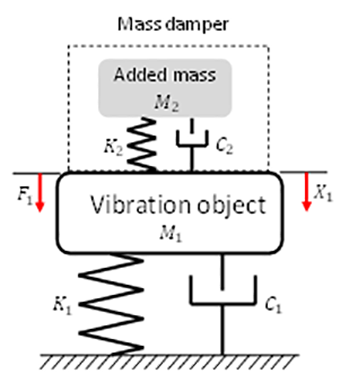
Image credit: MAQ AB
A tuned mass damper (TMD) is a relatively simple and efficient vibration-reduction device, consisting of a mass, stiffness elements (springs), and a damper. The types of dampers used in TMD devices include pneumatic or hydraulic dashpots, viscoelastic materials, and magnetic dampers (also referred to as eddy current dampers). As the machine or structure vibrates, the tuned mass damper vibrates at the same frequency but out of phase with the machine. The inertial force of the TMD reduces the vibrational energy transmitted to the machine and dissipates that energy as heat.
The system is referred to as “tuned” because the mass and springs are tuned, or adjusted, to the structural mode (i.e. the natural frequency) of the machine or structure to be damped. This is typically the first vibrational mode (first natural frequency), since it plays the most significant role in a system’s dynamic response.
Although the basic tuned mass damper design is a passive system, semi-active (also referred to as adaptive) and active versions are also available. Adaptive versions use feedback to boost performance. Signals for rotational speed, path, or other parameters are fed into the damping system, and actuators adjust the damping parameters, such as spring stiffness, accordingly.
Active tuned mass dampers use sensors, feedback, controls, and actuators to monitor the system’s vibration and introduce counteracting forces of specific direction, phase, frequency, and amplitude.
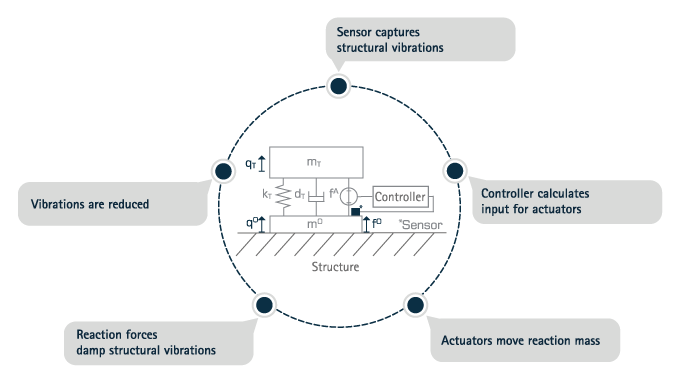
Image credit: Vicoda
The effectiveness of a tuned mass damper at reducing vibrations depends on three factors:
- Mass ratio: ratio of the TMD mass to the structure or machine mass
- Frequency ratio: ratio of the frequency of the TMD to the natural frequency of the structure or machine (ideal frequency ratio = 1)
- Damping coefficient of TMD: how well the TMD dissipates energy (lower coefficient means better damping)
Although there are practical limits to the mass used in a tuned mass damper, a TMD device with even a small mass (relative to the mass being damped) can achieve significant vibration reduction.
Tuned mass dampers can reduce vibrational forces in all six linear and rotational axes of motion.
Not all industrial machines require vibration damping, but equipment with large rotating masses, such as fans and pumps, or those with large motors, often use TMDs to counteract forces from imperfectly-balanced systems or varying loads that cause vibrations in some operating conditions.

In motion applications, tuned mass dampers are most often used in machines with high reactionary forces — grinders, mills, and presses for example. They’re also used in applications that require extremely smooth motion and high accuracy —where any vibratory motion would be highly detrimental to the process or product — such as semiconductor processing equipment, optical instruments, and microscopes.

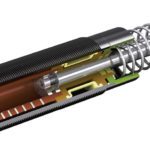
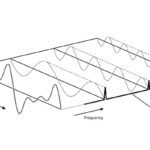
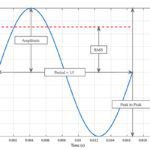
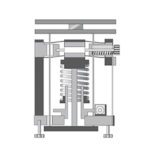


Leave a Reply
You must be logged in to post a comment.